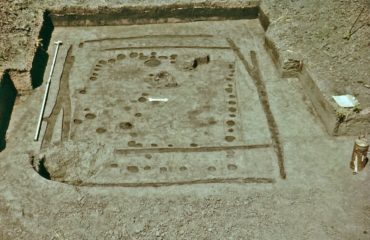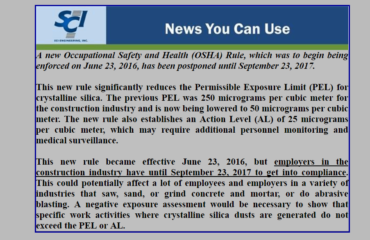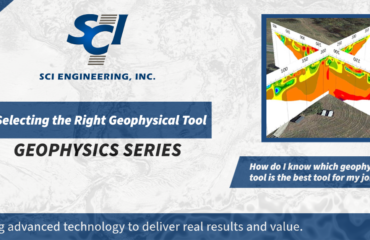Managing Southern Illinois’ Mine Subsidence Risk
Southern Illinois has a rich history of coal mining, dating back to the early 1800s where coal was first observed outcropping along the bluffs above the American bottoms. Fast forward to present day and the historic abandoned underground mine works now pose a significant mine subsidence risk to an area that has seen heavy development. Mine subsidence in Illinois generally occurs in two forms: pit or sag. Pit subsidence results in depressions that are 6 to 8 feet deep and range from 20 to 40 feet in diameter. Pits occur when the mine roof collapses and the void works up through the overlying bedrock to the surface, where a hole forms over one or two days. Sag subsidence forms a general depression over a broad area. Sags originate over places in mines where pillars have disintegrated and collapsed, or where the pillars have settled into the relatively soft underclay that comprises the floor of most mines. Some sites may be as large as a whole mine panel, several hundred feet long and a few hundred feet wide.
Several options exist for the management of mine subsidence risk. The most aggressive form of risk management occurs through the implementation of a mine mitigation program. This is accomplished through drilling boreholes into mine and injecting grout. SCI Engineering, Inc. routinely performs subsurface explorations of the abandoned mine works in order to collect information and data that we use to develop mine mitigation programs.
Traditionally mine mitigation programs have had a relatively low success rate in drilling boreholes that hit their target, the underground mine workings. This is due to a variety of reasons, including the unreliability of historic mine maps and the difficulty in tying those maps down to surface features. Through SCI’s use of technology, such as 3-dimensional subterranean LiDAR and Sonar surveys, borehole camera systems and GIS, we are able to develop a more reliable interpretation of the historic mine maps. The 3-dimensional surveys allow us to more accurately estimate quantities required for mitigation and to develop a more successful drilling program. This leads to more accurate bids and lower project costs. Additionally, the LiDAR and Sonar surveys allow us to confirm design assumptions that can be utilized to develop a more aggressive mitigation program, which can save the owner money while still providing the desired level of risk reduction.





